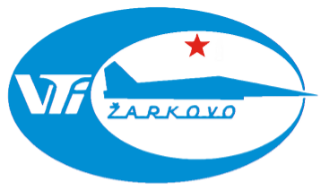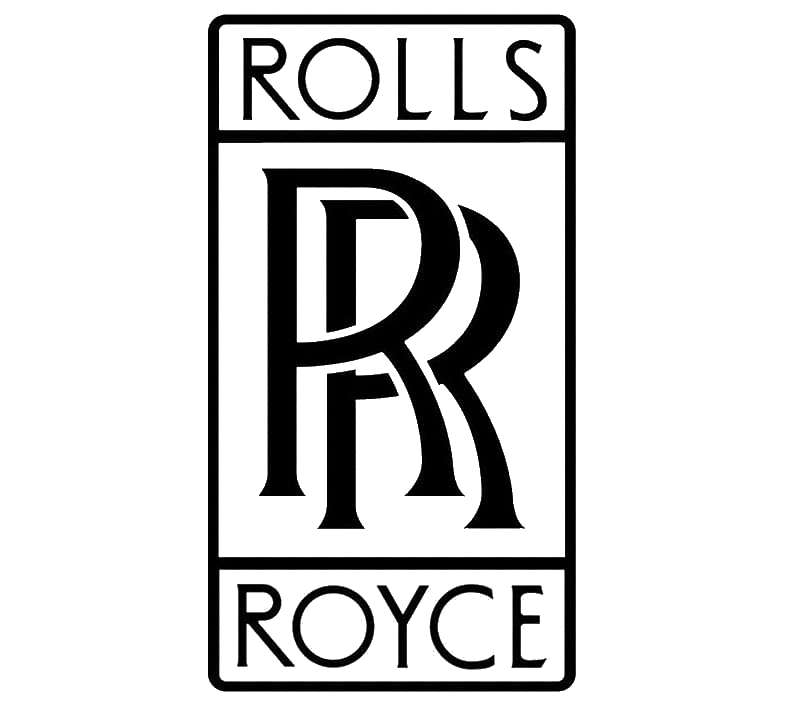Aeronautical Institute
Soko J-21 Jastreb 'hawk'
|
|||||||||||||||||||||||||
.
History Aeronautical Institute Soko J-21 Jastreb 'hawk'
Manufactured 1968–1977
First flight 19 July 1965

The Soko J-21 Jastreb (from Serbian Cyrillic: јастреб, lit. 'hawk'), referred to as the J-1 Jastreb in some sources, is a Yugoslav single-seat, single-engine, light attack aircraft, designed by the Aeronautical Technical Institute (ATI) and Military Technical Institute (VTI), in Belgrade and manufactured by SOKO in Mostar. Derived from the G-2 Galeb advanced jet trainer and light attack aircraft, it was designed in single-seat ground-attack and two-seat advanced flying/weapon training versions.
Design
The J-21 Jastreb was developed as a replacement for the Republic F-84 Thunderjet, which had been the most commonly used turbojet fighter-bomber aircraft of the Yugoslav Air Force until 1967. On the basis of the G-2 Galeb, the J-21 Jastreb was developed as a single seat ground attack variant, flying for the first time on 19 July 1965.
Pilots sit on licence-built Folland Type 1-B ejection seats under individual canopies hinged on the starboard side in un-pressurised cockpits. Instruments and controls are entirely conventional with manually operated flying controls and standard flight instruments.
Operational history
First Congo War

According to some reports, France and Yugoslavia supported Mobutu's government during the First Congo War.[] Namely, Yugoslavia agreed to deliver three J-21 and a single G-2 aircraft, as well as four MiG-21PFMs, while three Mi-24s were purchased from Ukraine. All these aircraft were based at Gbadolite and flown mainly by Serbian mercenaries.
0
KmCeiling
0
KmCombat RANGE
0
Km/hAircraft Speed
0
Max Crew
Photo Gallery
Aeronautical Technical Institute
Soko J-21 Jastreb 'hawk'


Aeronautical Technical Institute
Soko J-21 Jastreb 'hawk'
Manufactured 1968–1977
First flight 19 July 1965
General Info
-
- Crew: 1
- Length: 10.88 m (35 ft 8 in)
- Wingspan: 10.56 m (34 ft 8 in)
- Height: 3.64 m (11 ft 11 in)
- Wing area: 19.43 m2 (209.1 sq ft)
Powerplant
- Powerplant: 1 × BMB (Rolls-Royce/Bristol Siddeley) Viper Mk 531 turbojet engine, 13.32 kN (2,990 lbf) thrust
- Powerplant: 2 × JATO units solid-fuelled rockets, 4.45 kN (1,000 lbf) thrust each
-
Performance
- Maximum speed: 820 km/h (510 mph, 440 kn)
- Cruise speed: 740 km/h (460 mph, 400 kn) at 5,000 m (16,000 ft)
- Range: 1,520 km (940 mi, 820 nmi) with tip tanks
- Service ceiling: 12,000 m (39,000 ft)
- g limits: +8 -4
Armament
- Guns: 3 × 12.7 mm (0.5 in) Browning AN/M3 machine guns
- Hardpoints: 8 with a capacity of inboard pylons (2 of) 250 kg (550 lb), outboard pylons (6 of) 50 kg (110 lb), with provisions to carry combinations
Links to Youtube & Others
The Soko J-21 Jastreb is a Yugoslav turbojet attack aircraft, designed by the Aeronautical Technical Institute (ATI), (Serbian: Vojnotehnički Institut Beograd (VTI)), in Belgrade and manufactured by SOKO. Derived from the G-2 Galeb advanced jet trainer and light attack aircraft, it was designed in single-seat ground-attack and two-seat advanced flying / weapon training versions.
Aeronautical Institute
Soko J-21 Jastreb 'hawk'
The J-21 Jastreb was developed as a replacement for the Republic F-84 Thunderjet, which had been the most commonly used turbojet fighter-bomber aircraft of the Yugoslav Air Force until 1967.
Youtube Link
Breitling Jet Team ordered upgrade of its existing L-39 fleet to L-39NG in 2018














